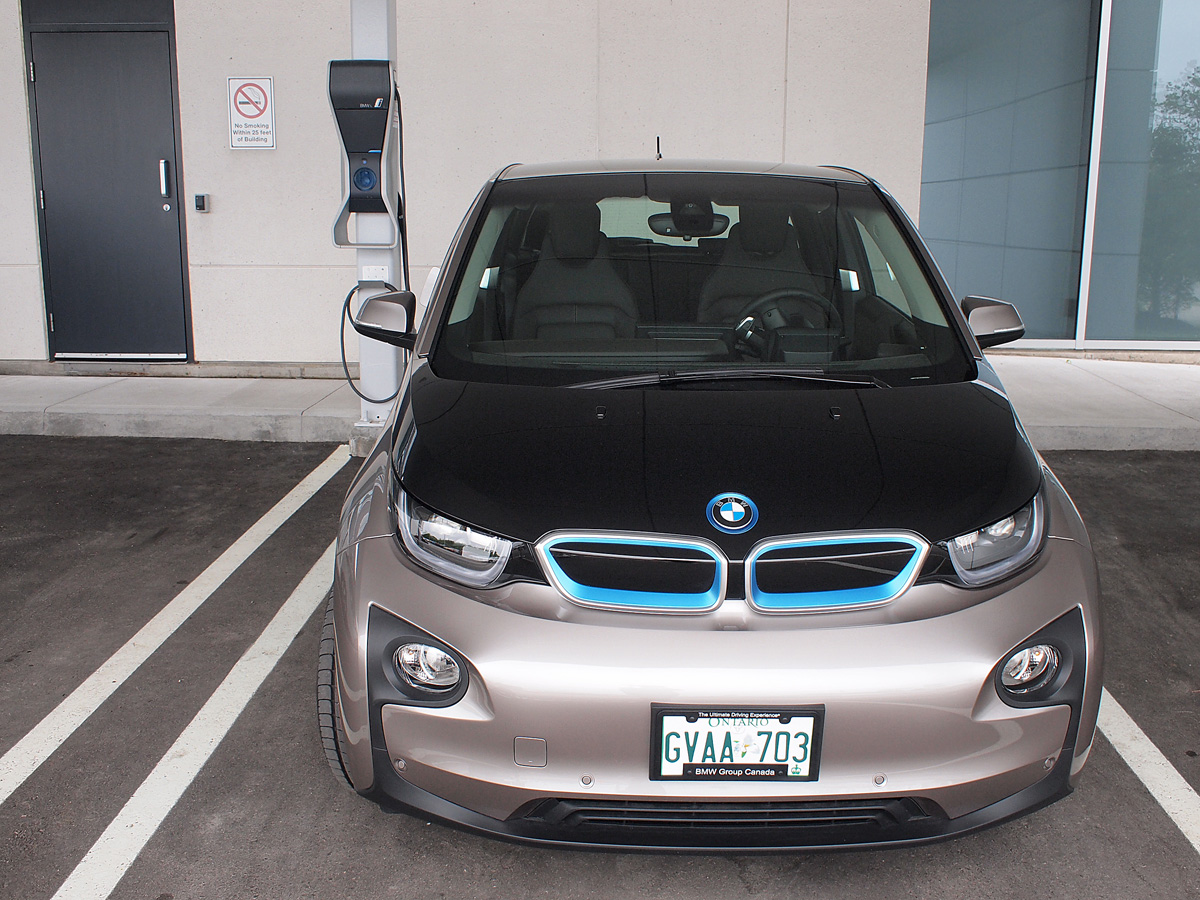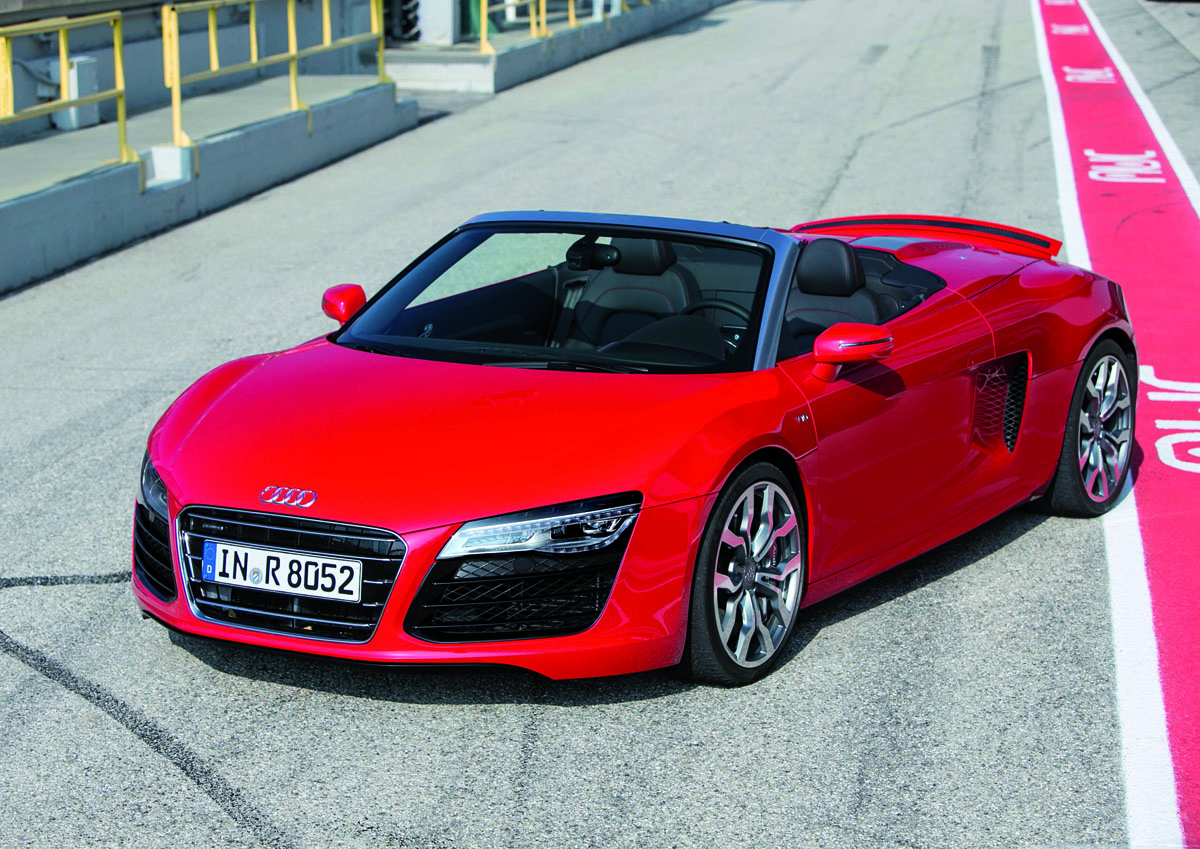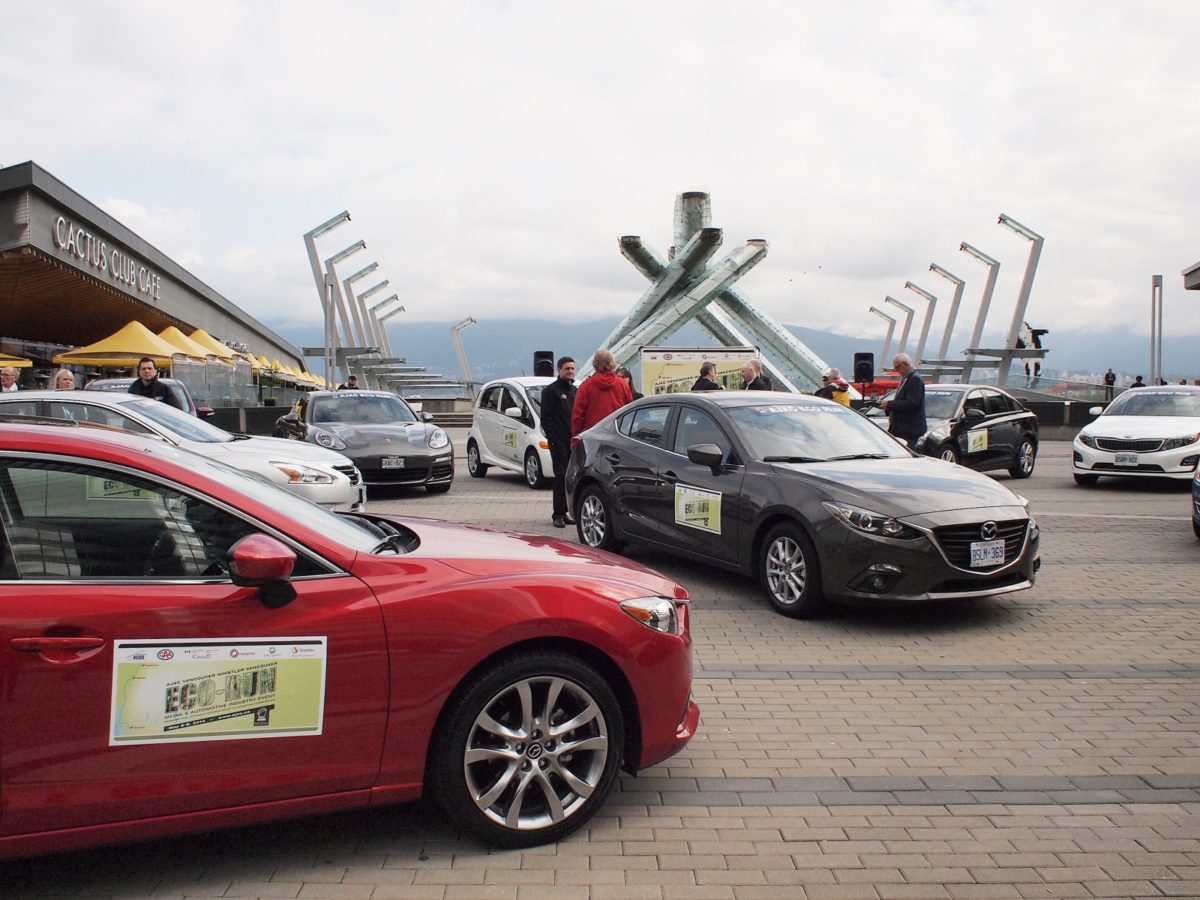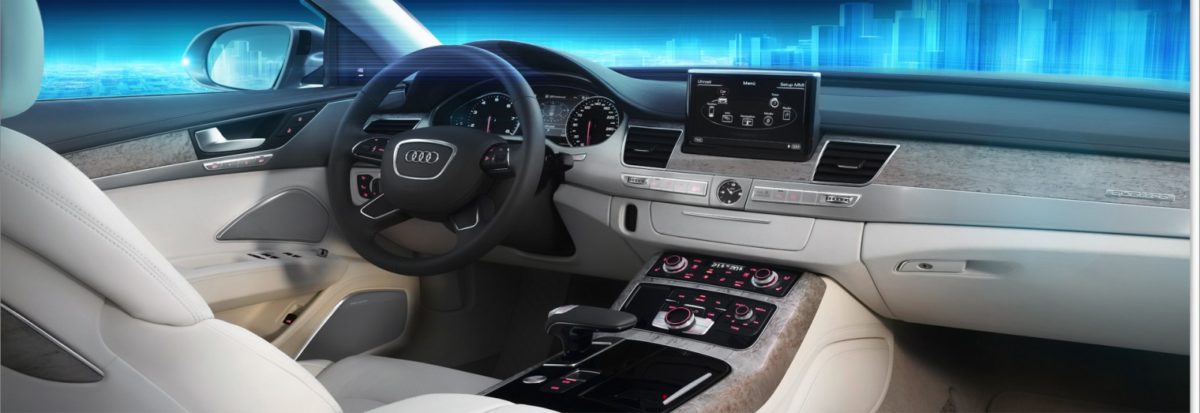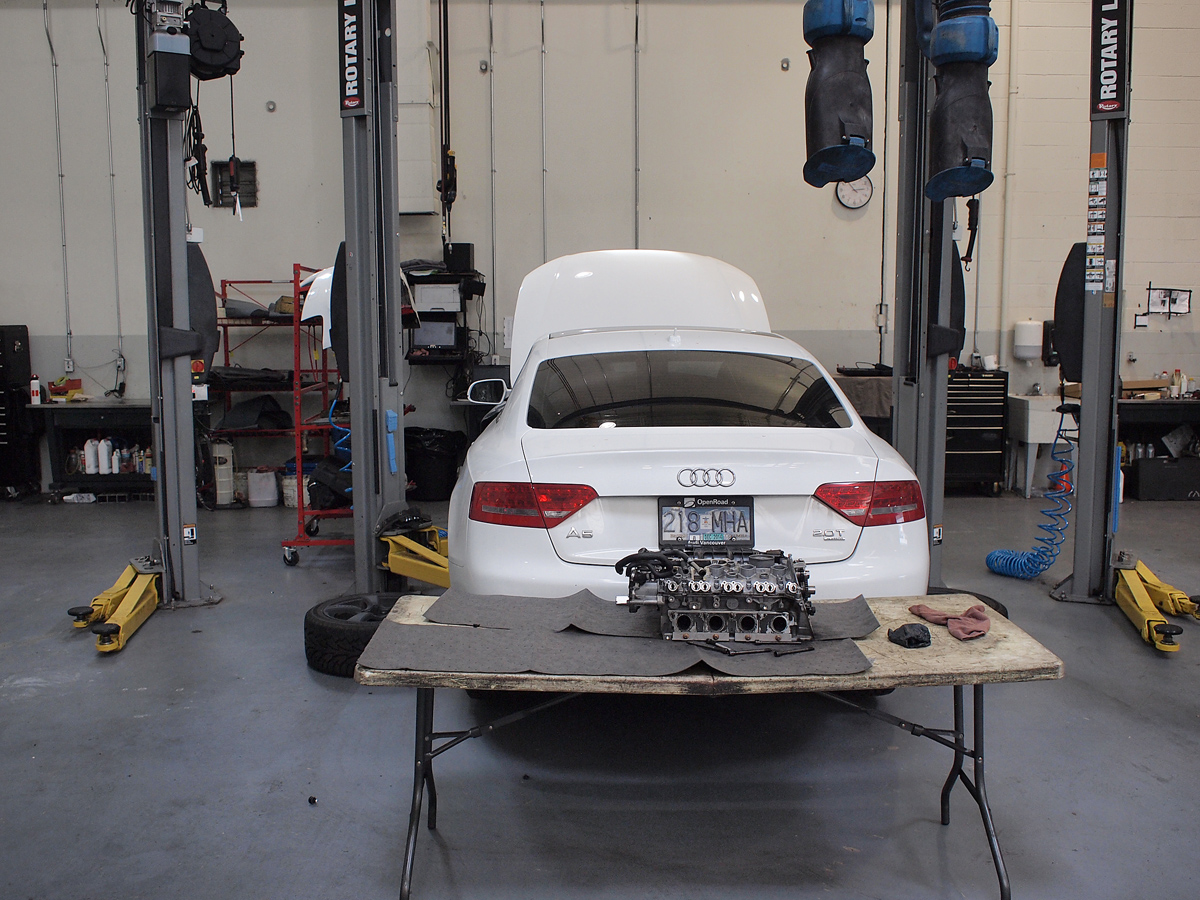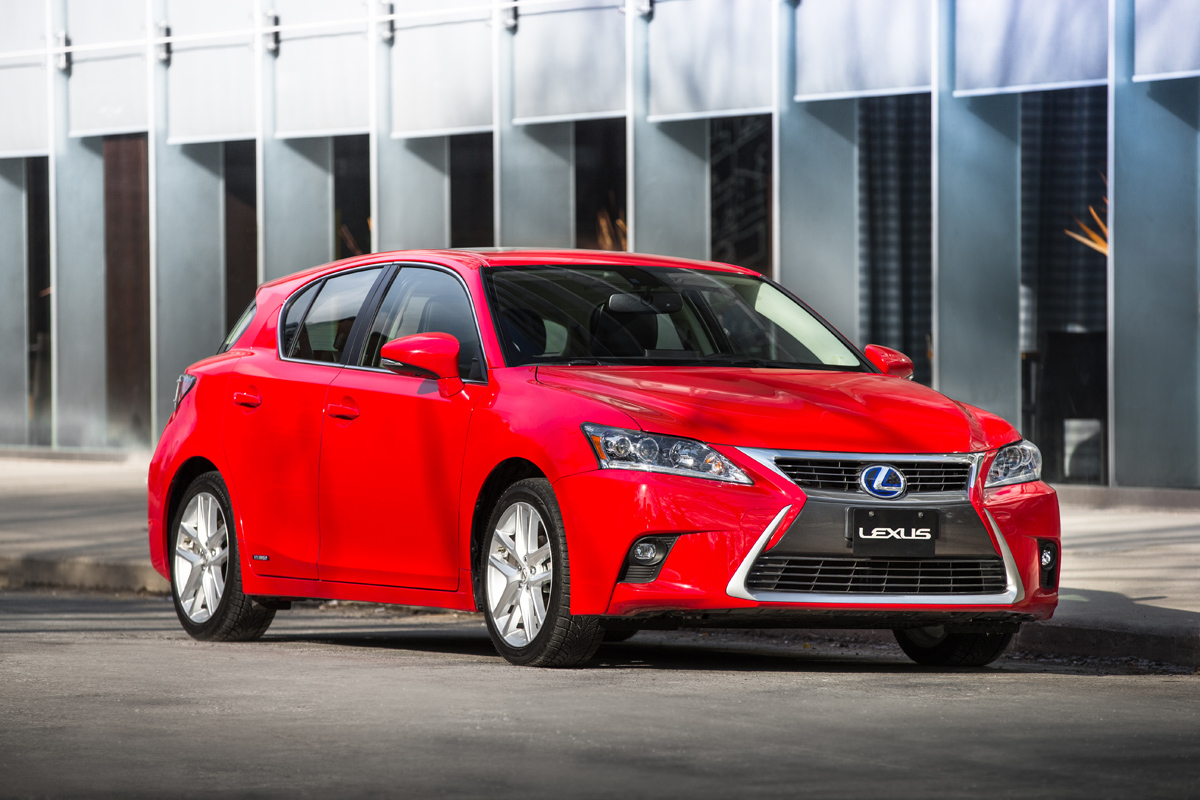BMW i3 official Canadian launch

On June 4 at their headquarters in Richmond Hill, ON, BMW Group Canada officially unveiled to media their first mainstream production electric car: the BMW i3.

With a range of 160 kilometres on a full charge (15 hours using standard Level 1 charging, three to four hours with Level 2), the i3 isn’t breaking any distance records. However, it is designed to be for urban use and there is research showing that a majority of city-dwelling Canadians drive less than 60 km a day. For those suffering from range anxiety, there is an optional model that features an add-odd gasoline engine that pushes the total range to 300 km. Rather than powering the drive wheels in the rear, the extra engine is only for powering up the battery.

Like a yoga studio or an ethical coffee shop, BMW says that there was a holistic approach to building their electric car. For example, if you peer inside you’ll notice the use of wood on the dash. That’s made from the eucalyptus plant sourced from Europe. In fact, 25 per cent of the entire interior is made from recycled materials.
Technology plays just as big a role as sustainability in the car’s production. Rather than a traditional instrument cluster and climate control layout, there is a pair of “pads” that display all the pertinent information. One is located in front of the steering wheel, and the other is a seven-inch screen — upgradeable to 10.2 inch — in the middle of the dash. Several of the vehicle’s controls can also be monitored and actuated using BMW’s propriety iRemote app available for Apple and Android devices.

I was fortunate enough to join a small group of other journalists given access to the i3s for a quick drive around the city to test the performance and handling. The 130-kilowatt electric motor produces 170 horsepower, more than ample for getting around town. One thing immediately noticeable upon first drive is the sensation of the car abruptly slowing down when you let off the gas — that’s the regenerative braking system turning friction back into usable energy. When you put your foot back down, the 184 lb-ft of torque brings power up quickly and, coupled with the near 50/50 weight balance, the car drives like you would expect something coming out of the Leipzig, Germany factory.
The i3 starts at $44,950. Visit the BMW website for more information.



